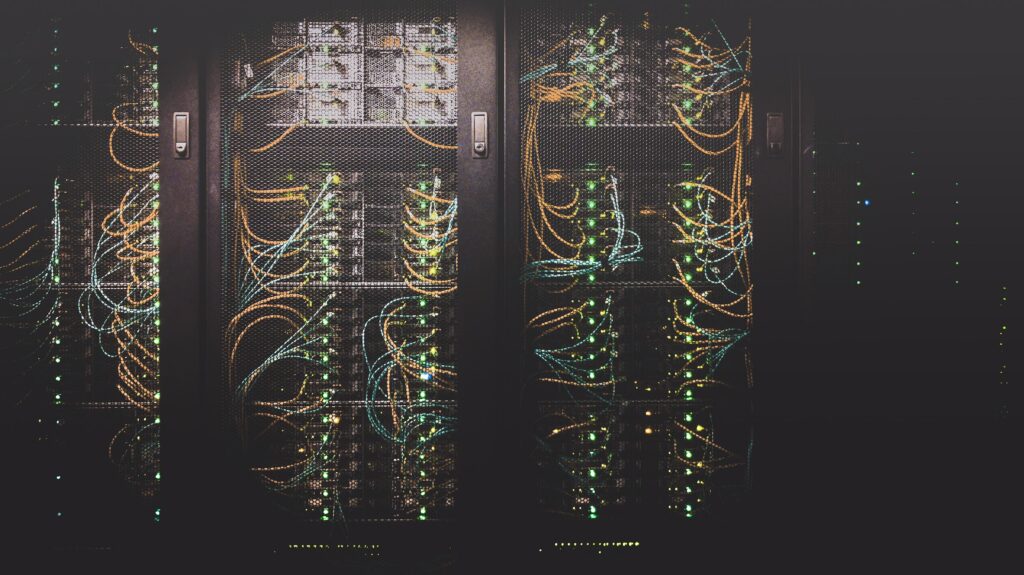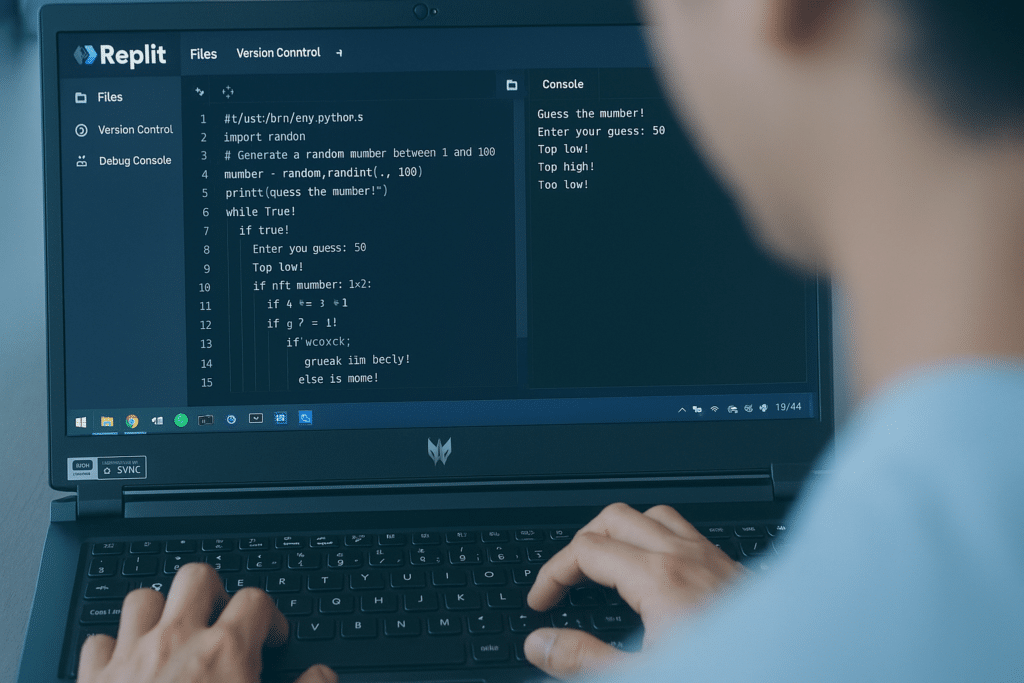Choosing an App Modernisation Strategy: The Benefits of Rearchitecting

Many people believe that app modernisation simply involves migrating applications to the cloud, perhaps adding a few features or reworking the user experience on the way. If you’re looking for a quick fix or just interested in making the first step to the cloud, then this might be the right app modernisation strategy for you. But a simple approach like this could cause you to miss out on significant efficiency and productivity gains, as well as mobile working and digital innovation possibilities.
When planning your cloud migration, there are three levels of app modernisation strategy to choose from: rehosting, refactoring and rearchitecting. In this post, we explain why rearchitecting your core business apps will allow you to achieve real business value from your cloud migration. If you want to maximise your investment in cloud technology, keep reading.
Choosing the right app modernisation strategy
There are many ways to approach an app modernisation strategy, and each has benefits and downsides. The options available tend to be grouped into three: rehosting, refactoring or rearchitecting. Let’s take a look.
- Rehosting – Also known as ‘lift and shift’, this involves taking your on-premises applications and migrating them without any structural changes.
- Refactoring – Going further than ‘lift and shift’, refactoring involves the modification of your applications as they are migrated to the cloud, usually to take advantage of some of the native cloud services offered by the vendor. For instance, you might replace the use of a physical SQL Server with Azure SQL.
- Rearchitecting – The only true app modernisation option; rearchitecting involves renovating or rebuilding your apps in the cloud. This method allows you to enjoy the full benefits of cloud computing.
Choosing the right method for you will depend on a variety of factors. There’s a lot to be considered, but we can break it down this way:
- If you just want a quick fix with minimal disruption, then rehosting might be for you.
- If you want to take advantage of some native cloud hosted services, e.g. Azure services, then you may want to refactor.
- If you are looking to completely modernise not just your core apps but your processes too, in order to facilitate modern ways of working, then rearchitecting is for you.
Rearchitect your core apps for cloud success
First, let’s tackle the limitations of the first two methods: rehosting and refactoring.
The problem here is that you only ever get so much back from your investment. For some organisations, this can be the right solution in the short term. But if you are looking for long term benefits of a modern workplace, you need to go further.
The cloud brings with it a whole host of benefits:
- Control over costs
- Robust security
- Improved mobility
- Flexibility and agility
- Scalability costs
The goal of a cloud migration should be to unlock these benefits for your business and a quick lift and shift migration won’t allow you to fully do so. You might see security benefits, for instance, greater mobility and some control over costs. But you won’t be able to on the scale required to be truly competitive in the modern world. To fully future-proof your business and set up for future growth, you need to invest in architecture.
There’s another incentive too: keeping up with the competition. Your competitors are likely to be moving to the cloud, if they haven’t already. What’s more, businesses everywhere are racing to take advantage of emerging technologies, such as machine learning. To set your business up to be able to do the same, you need to be in the cloud. If you don’t make the same investment in app modernisation today, you risk falling behind in the long term.
Talk Think Do can help
Many organisations opt for a quick cloud migration because they want to save time and money in the short term. But rearchitecting doesn’t have to be an arduous and disruptive endeavour – and it doesn’t have to be expensive. Not if you have the experience of successfully completing many before.
At Talk Think Do, we can help you take the best path to cloud success. With many years of experience in developing cloud migration strategies and conducting app modernisation projects of all sizes, we’re skilled at quickly discovering exactly what an organisation’s business goals and requirements are. That experience means that we can shape the perfect plan for you.
Our expertise allows us to streamline the process of moving to the cloud, so that you can avoid the disruption and downtime that often comes with a large cloud migration.
To find out how to get up and running with your own cloud migration strategy and to unlock the benefits of a cloud-based modern workplace, get in contact with Talk Think Do today.
FAQs
Application modernisation is the process of improving your cloud technology functionality to suit new business requirements or opportunities. This is suitable for businesses looking to update their outdated legacy systems and improve application performance. Book your free consultation to assess your suitability for cloud modernisation with one of our experts.
Rearchitecting applications is a long-term solution to low-functioning and architecturally flawed tech that isn’t providing your business with results. Explore the benefits of rearchitecting your applications to reduce risk and enable growth within your business.
Applications that are rearchitected to be flexible, mobile, and scalable, are more likely to dominate in a competitive landscape. Explore Our Success Stories, for how Microsoft cloud native applications are driving businesses forward.
Get access to our monthly
roundup of news and insights
You can unsubscribe from these communications at any time. For more information on how to unsubscribe, our privacy practices, and how we are committed to protecting and respecting your privacy, please review our Privacy Policy.
See our Latest Insights
Implementing RAG AI Search on On-Premise Files with our AI Search Accelerator
As demand for AI‑powered tools like Microsoft Copilot grows, many organisations are asking the same question: “How can we harness the power of generative AI without moving our sensitive data to the cloud?” In this guide, we’ll explain why Retrieval‑Augmented Generation (RAG) is so effective for on‑premise data and walk through a practical approach using…
Using AI to Strengthen ISO 27001 Compliance
Preparing for our ISO 27001:2022 recertification, and a transition from the 2013 standard, was no small task. As a custom software company handling sensitive client data, we hold ourselves to high standards around security and compliance. But this year, we approached the challenge differently. We built and deployed a custom AI Copilot agent to help…
Who Owns AI-Written Code? What CTOs, Developers, and Procurement Teams Need to Know
Generative AI is transforming how software is written. Tools like GitHub Copilot, Claude, Cursor, and OpenAI Codex are now capable of suggesting full functions, refactoring legacy modules, and scaffolding new features, in seconds. But as this machine-authored code finds its way into production, a critical question arises:Who owns it and who’s responsible if something goes…
Legacy systems are costing your business growth.
Get your free guide to adopting cloud software to drive business growth.




